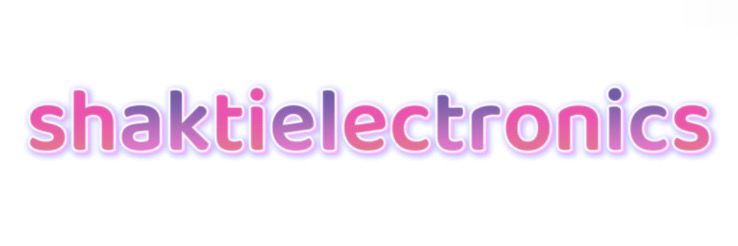How does energy management hybrid storage inverter work?
Sep. 20, 2024
Energy management systems are among the most innovative solutions tackling the challenges of today's energy demands, and one of the standout devices in this realm is the hybrid storage inverter. Understanding how a hybrid storage inverter works is essential for homeowners, businesses, and energy enthusiasts alike.
What is a Hybrid Storage Inverter?
A hybrid storage inverter combines the functionalities of a standard inverter and energy storage system. It converts direct current (DC) electricity, generated by solar panels or acquired from the grid, into alternating current (AC) electricity that powers most home appliances. This inverter also manages the charging and discharging of batteries, enabling users to store excess energy generated during the day for use at night or during power outages.
Key Features of a Hybrid Storage Inverter
- Integrated Energy Management: The hybrid inverter continuously monitors energy production, consumption, and storage levels. By optimizing the use of available energy, it enhances efficiency and reduces reliance on the grid.
- Battery Management: The inverter ensures that the energy storage system operates correctly, preventing overcharging and extending battery life. This is crucial for maximizing the return on investment in energy storage technologies.
- Grid Interaction: Many hybrid inverters can operate both on-grid and off-grid. During outages, they can seamlessly transition to provide power from stored energy.
How Does It Work?
At its core, the hybrid storage inverter functions through several key processes:
1. Energy Generation: Solar panels generate DC electricity during sunlight hours. This energy is initially fed into the hybrid inverter.
2. Conversion of Energy: The hybrid inverter converts DC electricity into AC electricity for immediate use in household devices. If consumption is low, the inverter can forward excess energy to charge the connected battery storage system.
Additional reading:Pros and Cons of Lithium Prismatic Cells Vs Cylindrical Cells
4 Tips to Fix Golf Cart Batteries Effectively
Golf Cart Batteries: Repair vs. Replace – What’s Best?
3. Energy Storage: When battery storage systems are connected, any excess energy is directed into the batteries for later use. The inverter manages the flow of energy, ensuring batteries are constantly charged while optimizing the amount stored.
4. Discharge of Stored Energy: When energy demand exceeds solar production (such as at night), the hybrid inverter draws on the stored energy, converting it from DC back to AC for use in the home.
5. Grid Interaction: In grid-tied mode, any surplus energy generated can be sent back to the grid, often resulting in credits or payment from energy providers. During outages, the inverter can switch to off-grid mode to provide power from the batteries.
Benefits of Using a Hybrid Storage Inverter
Adopting a hybrid storage inverter system can lead to substantial savings on energy bills by maximizing solar energy use. It allows users to become more energy-independent, enhances resilience against outages, and significantly reduces their carbon footprint. Moreover, advancements in technology mean these systems are becoming increasingly more efficient and cost-effective.
In a world that is moving towards renewable energy solutions, understanding how hybrid storage inverters work is essential for both consumers and energy providers. These systems play a crucial role in energy management, contributing to a sustainable future. Embracing this technology can lead to smarter energy choices and a significant reduction in reliance on traditional energy sources.
If you want to learn more, please visit our website Energy management hybrid storage inverter solution, Energy management hybrid storage inverter China, 3kw string inverter China.
220
0
0

Comments
All Comments (0)